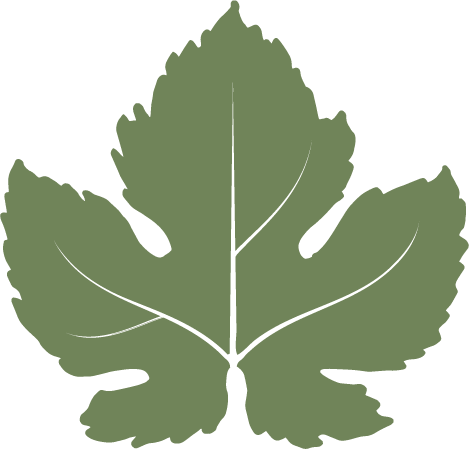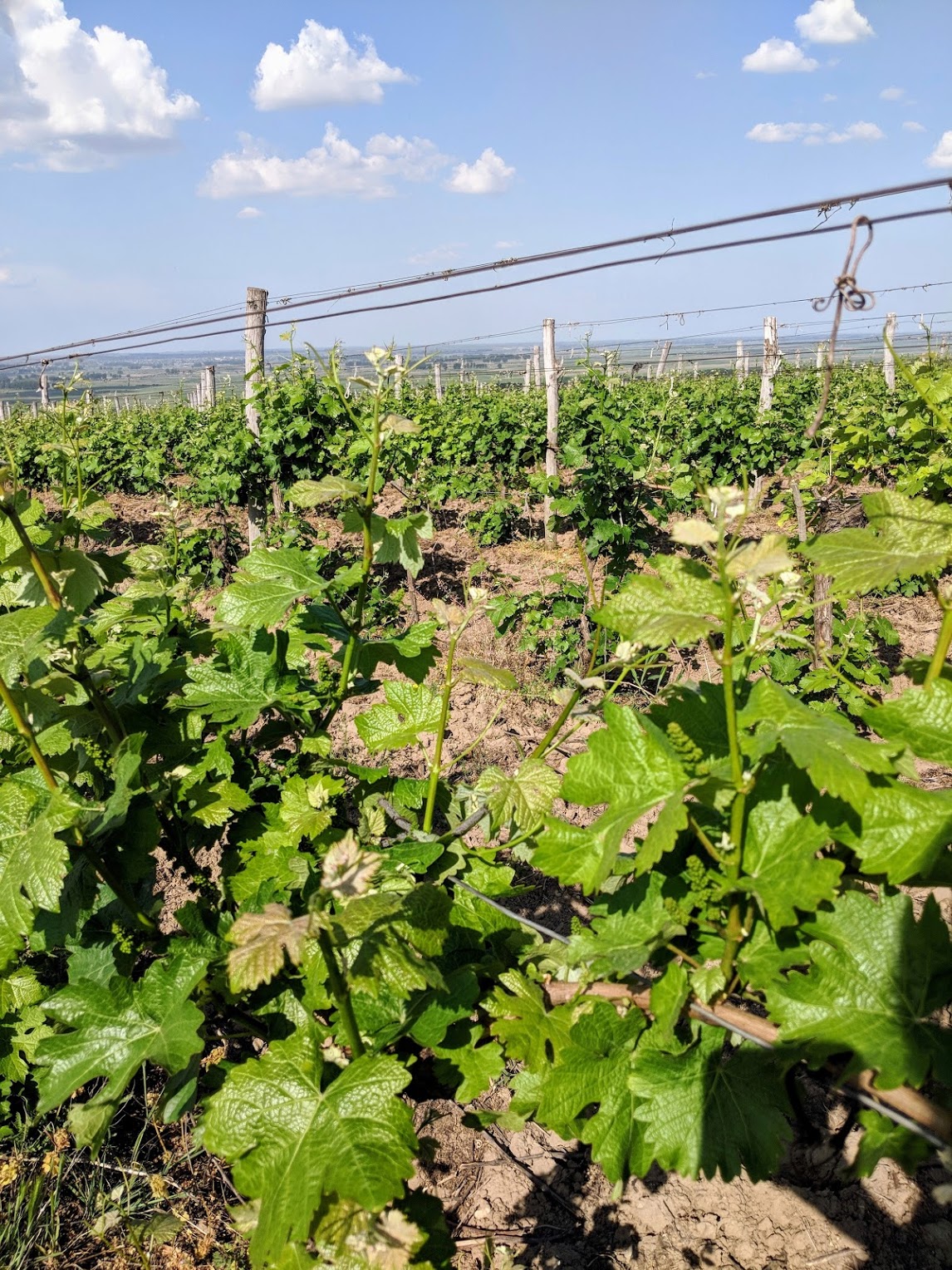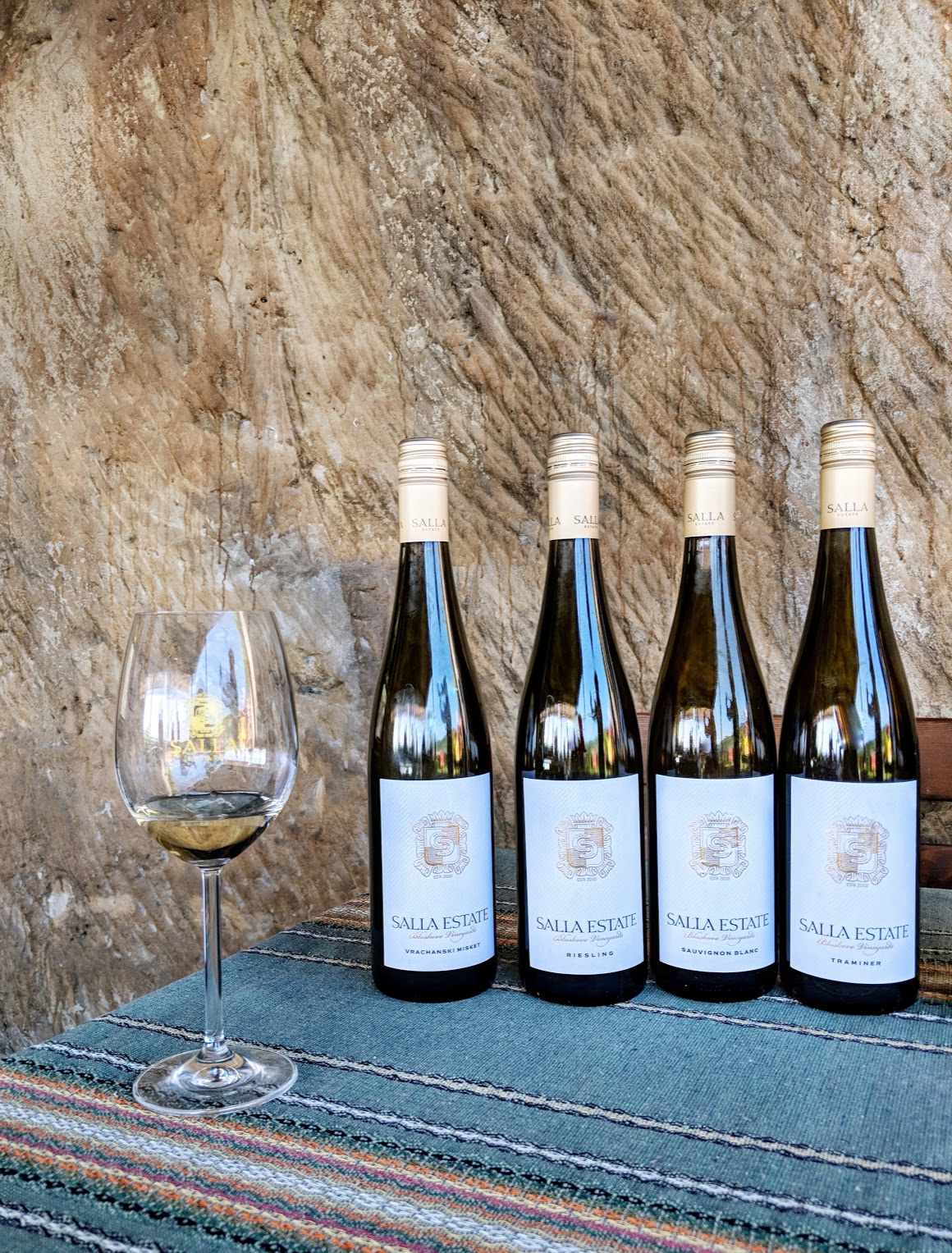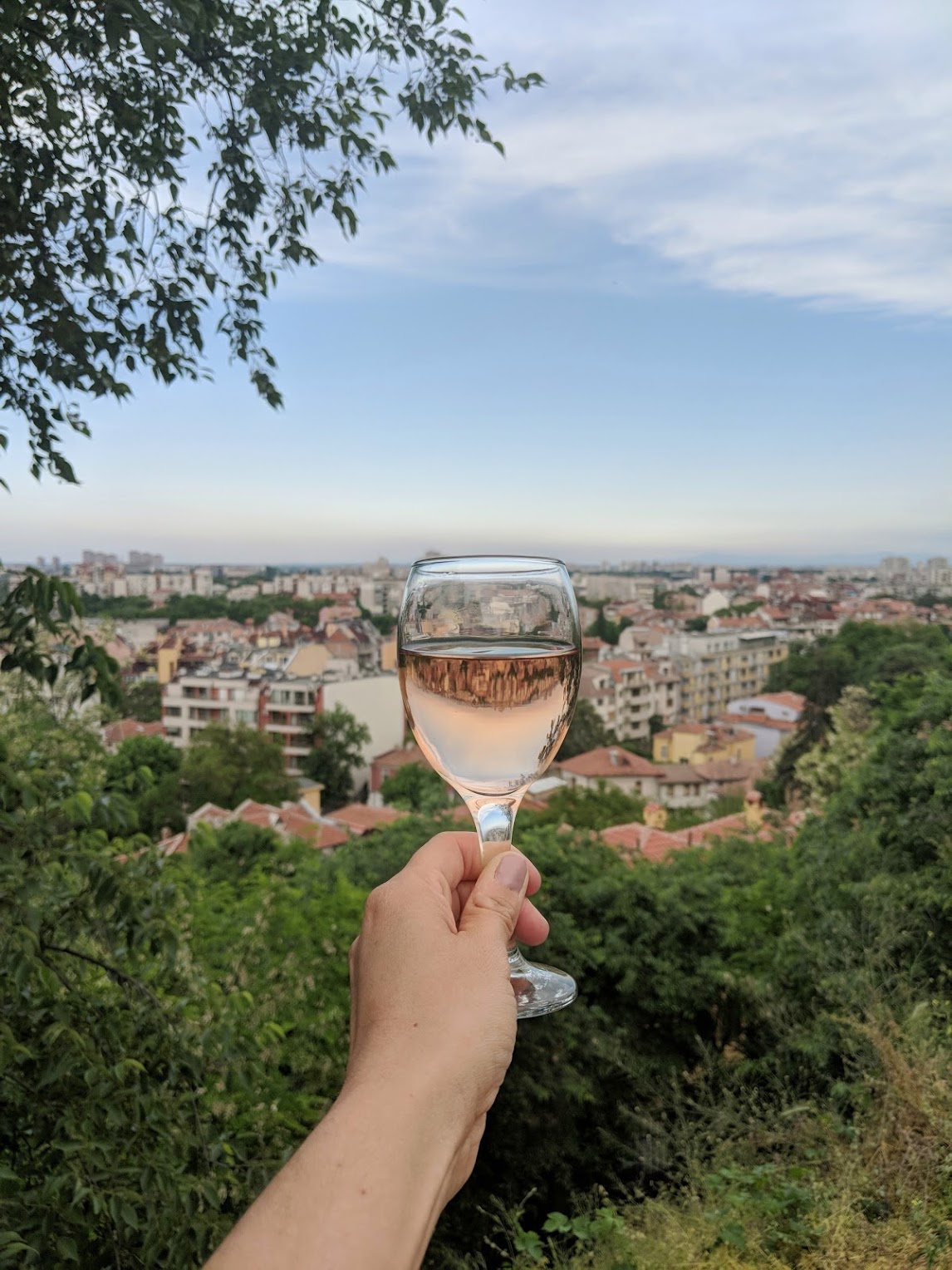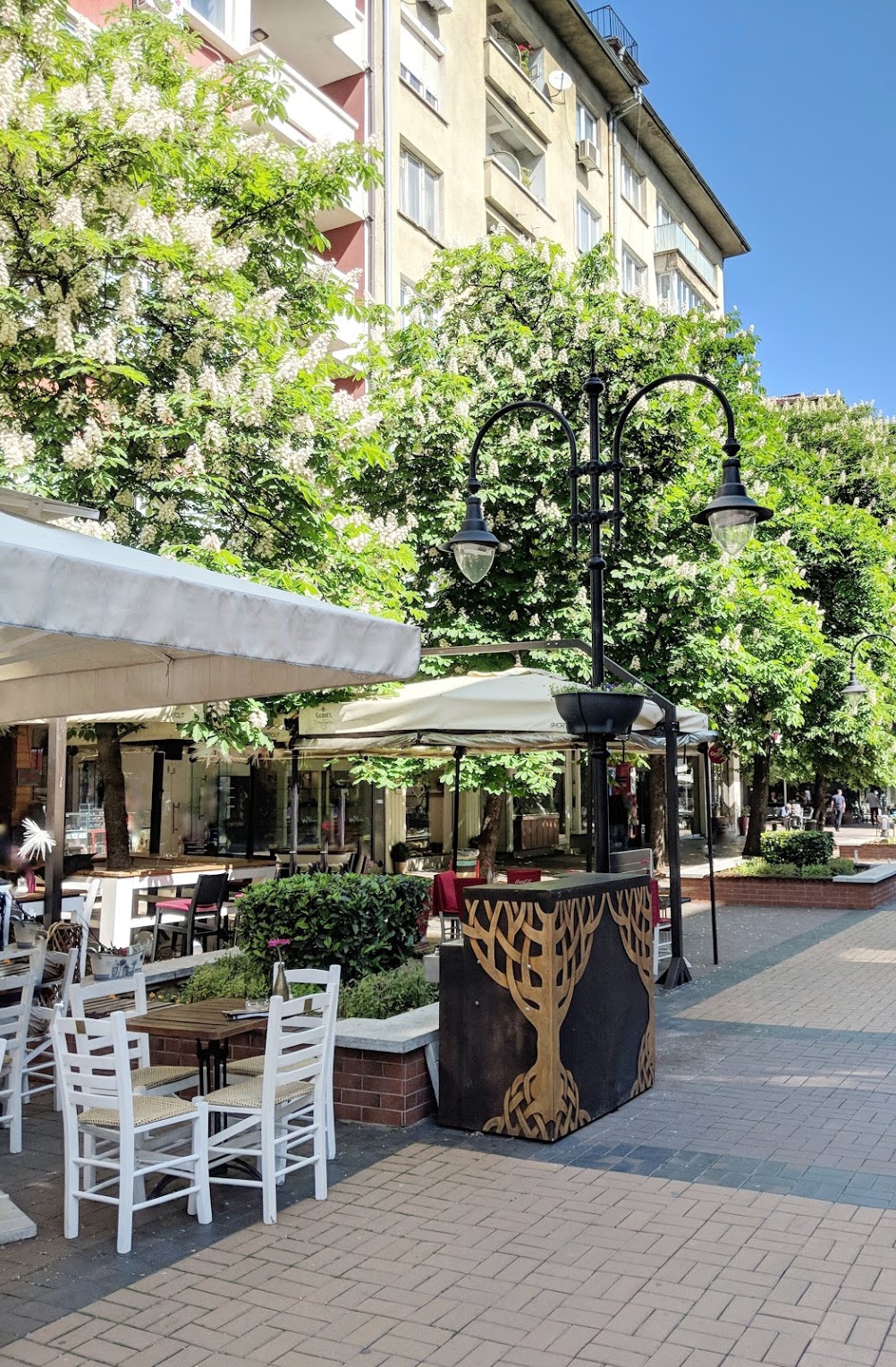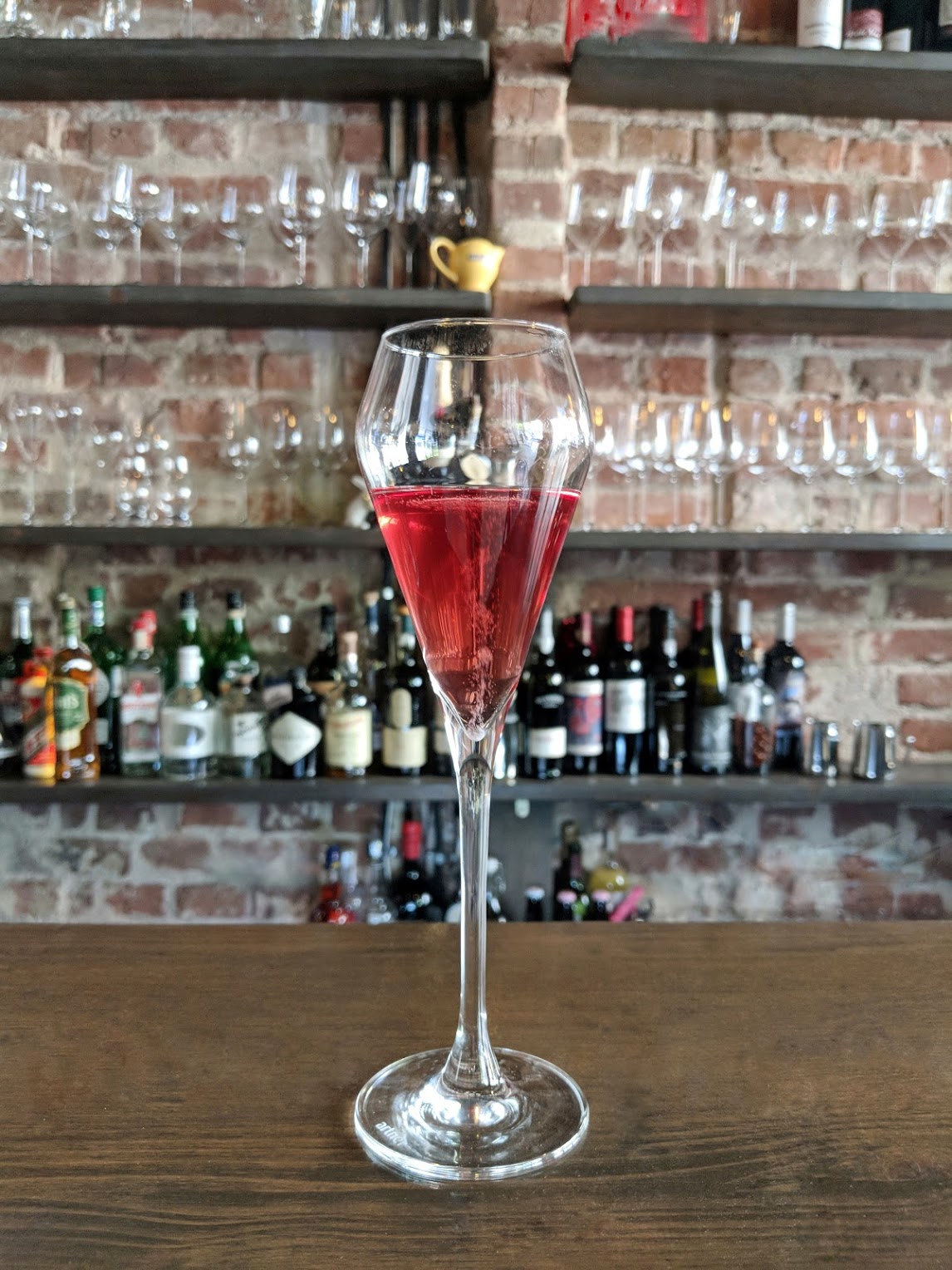Discovering Bulgaria Through Four Wineries
I visited Bulgaria for the second time, on a wine tour with Brand Marketing Organization, World Wines. There wasn’t an ounce of hesitation on returning to the country, after falling in love with the ancient cities, unique traditions, breathtaking landscape, and of course, the wine.
Once inhabited by the Thracians, Bulgaria has evidence of winemaking since 4000 B.C. It wasn’t until the collapse of communism in 1989 that the country was able to transform the market, however. Growers and wineries were now able make higher quality wine for local and international consumption, opposed to the bulk that was produced almost entirely for Russia. Subsidies and grants were issued for winemaking vessels, oak and other necessary equipment. Lately, however, this has been reduced, as the government is reserving most funding to the production of food rather than alcohol.
We explored the Danube Plain as well as the Thracian Valley on this trip, tasting wines made by respected producers of local and international varietals. In order, the four wineries we visited are: Bratanov Winery (South Sakar), Salla Estate (North Black Sea), Tsarev Brod (North Black Sea), and Chateau Burgozone (Danube Plain). Each unique with their own terroir and winemaking styles, comparing them provided me with an understanding of Bulgarian wine as a whole.
1.) Bratanov Winery, Eastern Thracian Valley
Bratanov is a family-run project established in 2010 by a father and his two sons. They produce wine from their owned 24 hectares only, operating out of a rented warehouse just outside the town of Harmanli. Their no-frill facility allows the family more of a budget to hire knowledgeable staff. This includes Bulgaria’s “2016 Young Winemaker of the Year,” Maria Stoeva, who graduated in Dijon, France. A relatively new winery, 2011 was the first vintage (and historically their best to date). Today, Bratanov is producing approximately 60,000 bottles per year.
With the purity of terroir as their goal, Bratanov has focused to reduce enzymes and they don’t cold stabilize any of their wines. They are most known for working with wild-fermented yeasts since 2016, and only filter their white wines. Their vineyards were filled with quartz along the chunky, rough soil, a bit exhausting to walk through. It was also around 78 degrees at 4pm in early May, quite unlikely for this time of year.
The tasting included the recent releases of Chardonnay, Merlot, Syrah, Cabernet Franc as well as Tamianka, which better known as Muscat Blanc. The 2016 vintage of Tamianka was probably my favorite, with slate minerality, smoke and a touch of florality on the nose. The unoaked 2016 Chardonnay was also fantastic, with hints of green apple and elevated acidity. We spoke a lot about the impressive acidity, when considering that this region is Bulgaria's warmest. Hristo Bratanov is one of the sons and primarily responsible for the vineyards. He explained how he's noticed that the skins of the grapes tend to thicken up when they get hot, going into a “freak-out mode,” desperate to retain the acidity inside. Of their red wines, my favorite shown was the 2015 “3 Blend” is just that, with Cabernet Franc, Merlot and Rubin (a crossing of Nebbiolo and Syrah created in the 1940s) making up the blend. As a new winery, they are constantly experimenting with blends. After tasting Rubin on its own, the tannins are quite rigourous, with espresso and stewed plums on the nose, which is why I personally prefer it in a blend.
2.) Salla Estate, North Black Sea
Award winning winemaker Anelia Hristakieva focuses on a very small production of Chardonnay and Riesling, among a few other white grapes. Due to their unique terroir, the winery produces very little red. The vineyards are just 3 kilometers from the winery in the village of Blaskovo, with a few very steep hillsides planted to Sauvignon Blanc and Riesling under sandy, clay soil. They are also producing Traminer, or Gewürztraminer which, apparently, many locals think is a Bulgarian grape due to the extensive history of plantings throughout the country. The locals also tend to enjoy oaked whites, which is why Anelia decided to oak-age some Riesling, an experiment that has gone over quite well. Anelia never uses malolactic fermentation for her whites, as to express each varietal without interference. The 2017 vintage was warm, but not hot, leaving the wines with slightly more fruit and structure.
From the whites tasted, I was most enthused by the Vrachanski Misket, a rare grape produced by less than 1% of the country's wineries. With white pepper, violet and spice, it quickly reminded me of Grüner Veltliner, especially due to the high level of acidity. Also quite intriguing was the 2017 rosé, which is a blend of Pinot Noir and Cabernet Franc, vinified separately. The delightful pink wine was full of herbaceous notes and ripe, red fruit. With relatively low alcohol and a gorgeous color, much of the group was in unison regarding the freshness and balance of this wine. Salla's 2015 Cabernet Franc was quite impressive as well, immediately reminding me of high quality Right-Bank Bordeaux. The 2013 vintage was rated #2 for Best Wine on Bulgaria by Di Vino Magazine (Bulgaria’s most respected wine publication). Along with wine tasting, the estate offers a guest house, horseback riding and hiking. This winery is an model choice for international tourists.
3.) Tsarev Brod, North Black Sea
Planted in 2001, Tsarev Brod primarily sold their grapes to other wineries until their first vintage, 2015. In the 1970s and 1980s, their 27 hectares were part of a cooperative, but there were far fewer vines as the Russian tractors were double the size that they are today. 15 of the 27 hectares were completely replanted, and the owners, Ivan and Svetla Ivanov remained patient while the vines aged to reach their full potential.
At 250 feet above sea level, the only reds they're producing are Pinot Noir and Evmolpia (a crossing between Merlot and the local Mavrud). Cool climate white grapes do best here, like Riesling, Sauvignon Blanc, Chardonnay, and Gergana, (a hybrid between Muscat Otonel and Dimyat). The acidity in the Sauvignon Blanc was arguably the highest among Bulgaria’s wineries at 9.5%. They did a partial malolactic fermentation to mute that down to 7.5%, which is normal for most vintages. Winemaker, Nikolai Krastev keeps his facility extremely organized. All of the tanks he uses are identical sets of two, ranging in size so they’re always completely full without oxygen. He’s also partial to neutral oak, and just 10% of their barrels in the winery were new. In fact, most of his Pinot Noir is unoaked.
The tasting consisted of high acid whites, a crisp rosé, a few reds from Pinot Noir, and a Riesling Pet Nat. The Pet Nat was bottled at 35 grams of sugar and very much enjoyed by all. My notes on this one included lemon rind, white flowers and slate, coming in at just 11.5% alcohol. My personal favorite, however was the Gergana with tart pears, fresh hydrangeas and flinty minerality. The Pinot Noirs we tasted had a bit more black fruit than red, which was unexpected. As for the Pinot Noir the 2015 vintage was my favorite, with lavender, pine, fresh raspberries and cocoa, as this one had approximately 10% new oak.
4.) Chateau Burgozone, Danube Plain
In the continental climate of Northern Bulgaria, Chateau Burgozone is located along the Danube River, overlooking Romania. Between 150 and 180 meters above sea level, the estate is situated in a moderate micro-climate, with four distinct seasons. The nights are a bit cooler here, as the region is influenced by the Danube river, but the sunny days balance the climate perfectly.
Soil specialist, Dr. Penkoff described this as one of the two best regions for wine production in Bulgaria. This region was always popular for grape growing, as the cities were much more populated then. The Danube River was a highly commercial route, full of boats. Today, you might see one or two every afternoon. When Burgozone purchased the property in 2001, it took almost 5 years to rip out everything. The vines were wild and crazy, offering very little in terms of fruit.
Co-owner and Executive Director, Biliana Marinova described the selection process when her family was preparing to plant the vines. The estate received clones from Burgundy and started from scratch, figuring out which varietal does best in their newly purchased soil. Based on the terroir, international varietals Sauvignon Blanc, Chardonnay, Pinot Noir and Cabernet Franc were among the most planted. The local Tamianka and Gamza were planted 2 years ago and this year will be the first harvest for both varietals. The estate produces approximately 250,000 bottles per year. Biliana explained that the vines were very happy, producing tons of fruit after 25 years of the soil being covered in vegetation. Today, the average age of the vines are 10 years old, and the estate produces approximately 250,000 bottles per year.
The tasting at Chateau Bugozone was designed with food pairing in mind, to showcase the versatility of their wines. We started by tasting a very refreshing and unique 2017 Viognier with a hint of honey and roses across the palate. This was very French in style, remaining slightly restrained and elegant. The estate has two labels, Cote du Danube (selection) and Via Istrum (premium). The difference is the sur-lie aging, one month for Cote du Danube and three months for Via Istrum. The 2017 Via Istrum Chardonnay is unoaked, slightly nutty, with golden pears on the nose and paired perfectly with foie gras. Interestingly, Bulgaria is one of the largest producers of this delicacy. Both Pinot Noir and Cabernet are made for the Cote du Danube and Via Istrum labels. There is also a Cabernet Franc made for the Via Istrum label, which was my favorite red. My notes for this one included bay leaf, blueberry and bell pepper seeds, also quite French in style.
Now the question arises on when we’ll get to see more Bulgarian wine in the USA. With Bulgaria’s progression toward natural and organically produced wine, as well as their shift toward high quality, the possibilities are literally endless. At a jaw-dropping value, Bulgaria is currently exporting to several US states, including New York. I highly suggest reaching out to the importers in your area and tasting the wines I mentioned. Better yet, take a trip to these magnificent regions, explore ancient cities like Sofia and Plovdiv. Don’t forget to try the foie gras as you sample the many styles of Bulgarian wine.
